Patrick O’Mara
Case Study
Photys Therapeutics
“Pliancy understands that cloud services are part of the modern stack, and that was key for us.”

Photys Therapeutics is a biotechnology company headquartered in Waltham, MA. Photys is pioneering the development of phosphorylation-inducing chimeric small molecule medicines (PHICS) to unlock a new approach to treating underserved diseases.
Why did you choose to partner with Pliancy for your cloud needs?
As Associate Director of Research Informatics at Photys, I saw how much a powerful cloud platform could help our growing company. We had some cloud resources in place, but I knew we could do more. After an extensive evaluation, we chose Google Cloud Platform (GCP) as our long-term solution, which isn’t as common as Azure or AWS. It became apparent we needed an IT MSP that could handle both day-to-day IT support and our cloud needs.
I liked that Pliancy had a dedicated cloud team that was familiar with higher-level cloud solutions such as serverless technologies, managed services, and IaC (infrastructure as code). Your cloud experts understand how to make operations scalable and repeatable. To me, those things are critical for any modern business going forward.
The cloud isn’t new anymore. I consider that technology to be foundational for every MSP out there. I wanted to partner with an MSP that made sure their teams were up-to-date on the current technologies. Pliancy understands that cloud services are part of the modern stack, and that was key for us.
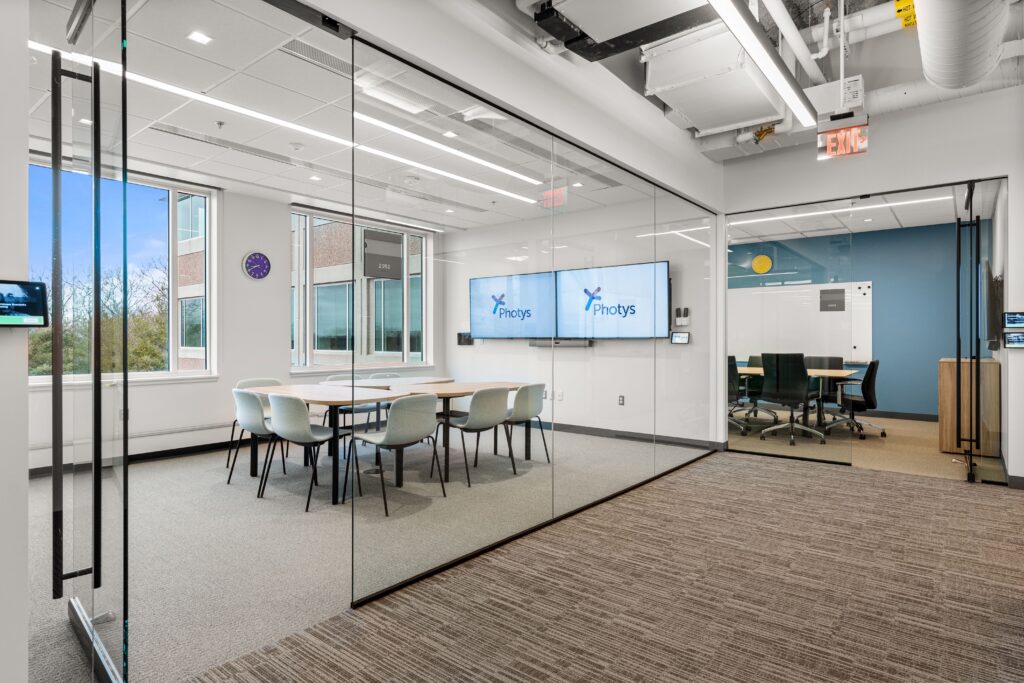
How does Pliancy’s relationship-based approach to IT complement Photys’s culture?
The relationship between an IT MSP and their client can suffer from what I consider a “contractor mindset”. You tell them to do a project, you give them some specs, and you expect them to get it done with little input. Their on-site visits can also feel like clockwork. They get in, handle their tickets, and that’s it. In most cases this is not a realistic approach, the relationship needs to be more interactive and agile in nature.
In contrast, working with Pliancy we are able to engage and brainstorm with their entire team of experts. In the throes of our cloud project, I was working with a developer in a sandbox environment to build the tools that we needed. When we ran into problems, we could call up your cloud team, describe what we were trying to do, and figure out a solution together.
The Photys culture is collaborative, and it’s a workplace where it’s easy to approach others. I appreciate how Pliancy fits into that culture and the way your consultants work as an extension of the Photys team. Your personalized approach and experience differentiates you quite a bit in the current marketplace.
“When we ran into problems, we could call up your cloud team, describe what we were trying to do, and figure out a solution together.”
What was it like transitioning to Pliancy as your IT partner?
There’s always concern whenever you change vendors, right? A feeling of “Who are these people?” When we were starting out with Pliancy, Noah [Tagliaferri, sales engineer], Ryan [Bickford, managing consultant], and Derek [DaSilva, managing consultant] came to the office and introduced Pliancy to the company. They explained who they were, their expertise, where they fit into the community, what they could enable us to do, and details about the handover. Being on-site, talking to the users, and answering questions made people more comfortable with the change.
In short order, Pliancy established itself as present and committed to make Photys successful.
How long did it take to launch your new cloud environment?
Setting up a Google Cloud organization account is rather involved. You need to go through a domain verification process, among other steps, and we struggled with that step early.
With Pliancy, we got everyone together in a meeting—somebody from my Finance team, my developers, Pliancy consultants and cloud team—to get it done. Within an hour, we had the account set up and ready for us to start working.
We became Pliancy customers in December, and most of our cloud conversations happened in January. We had the foundation of our GCP instance, network and security, up and running by February. By April, we migrated a couple of internal applications to GCP. We even managed to migrate the applications from VMs to cloud native serverless technology. It took only a few months—that’s pretty fast. More importantly, there was no disruption to our day-to-day work.
“Your personalized approach and experience differentiates you quite a bit in the current marketplace.”

What do you think helped Pliancy deploy your environment so quickly?
In an early conversation with Pliancy, someone mentioned the importance of fundamentals. That resonated with me, because if you’re properly trained on core concepts, you’re more effective at applying that knowledge to different situations.
Your cloud team understands how to apply fundamentals across specific platforms [Google Cloud, AWS, Azure]. They can use a common language like Terraform to build and support different types of environments. To me, that was key to how quickly Pliancy got everything up and running.
How did partnering with Pliancy maximize Photys’s cloud capabilities?
We needed experts who could set up networking and security at the foundational levels—that’s critical. The Cloud Services team used Fabric FAST, a Terraform project, to apply policies and standards to the environment. This ensured the essential networking and security pieces were in place before deploying the applications that we had developed. It was awesome knowing that we had deployed something to production that was cost-efficient and adhered to industry-leading best practices.
“In short order, Pliancy established itself as present and committed to make Photys successful.”

Summary
In addition to providing day-to-day IT support, Pliancy partnered with Photys on a major cloud modernization project, which included migrating from Azure to Google Cloud Platform and converting applications hosted on VMs (virtual machines) to applications running on serverless technology.
More stories

Photys Therapeutics
A Modernized Cloud, Built to Spec
“Pliancy understands that cloud services are part of the modern stack, and that was key for us.”
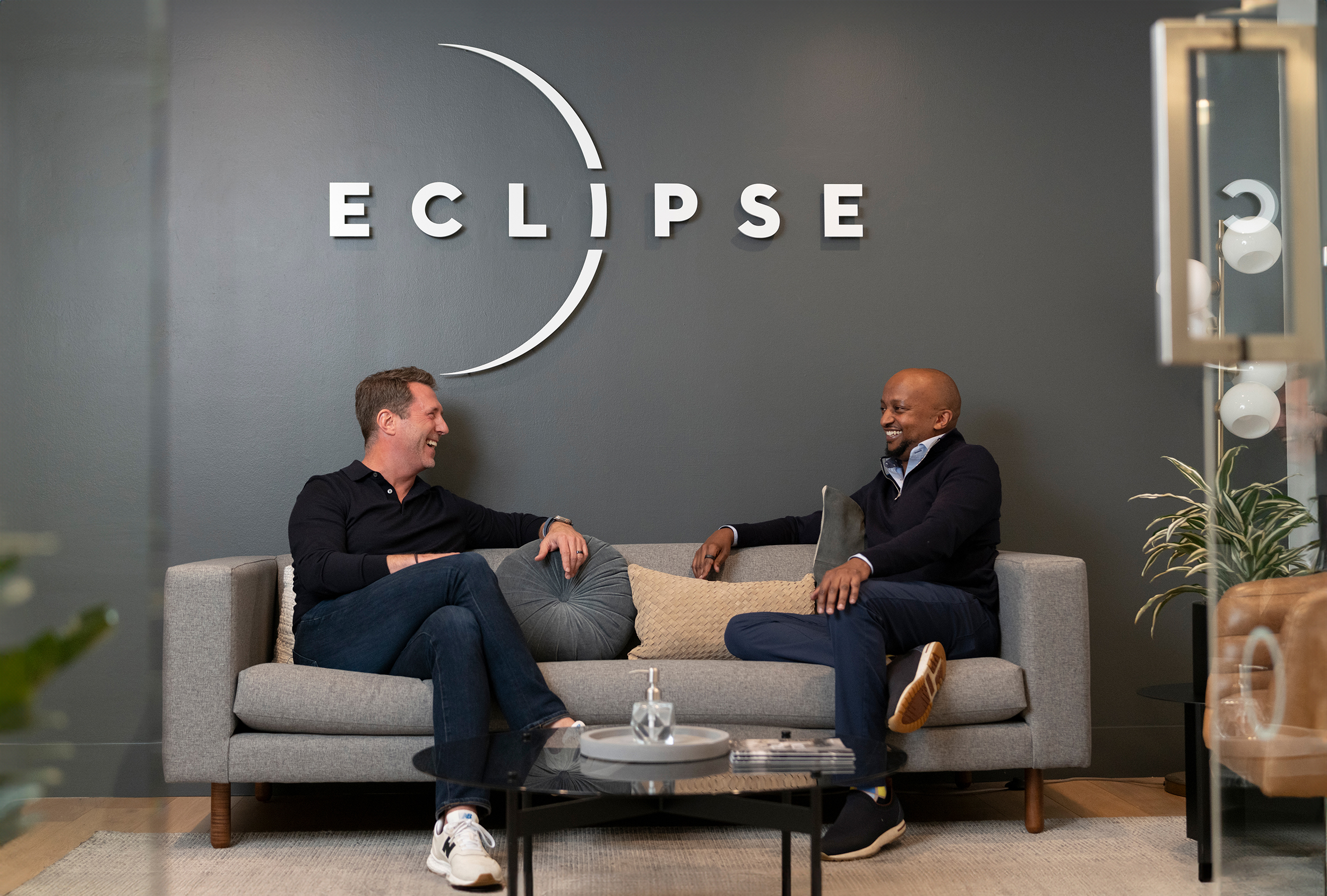
Eclipse
Consistency at Scale
“From the start, we saw Pliancy as a partner who understood the industry and someone who could grow with us.”

Satellite Bio
Client-Centric Collaboration
“Because the IT infrastructure piece came together so smoothly, I had more energy and attention to focus elsewhere. That had a big impact on my personal experience.”
